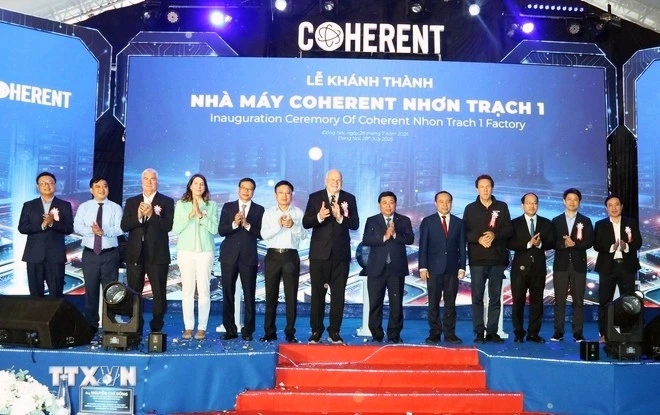法律
Investment Considerations: Inside vs. Outside Industrial Parks or Clusters
1 7 月, 2024
[5 min read]
Investing in manufacturing operations in Vietnam is a popular choice for many investors as the country is becoming a global manufacturing hub. There are two options available to investors: (i) acquiring land inside industrial parks (IPs) and industrial clusters (ICs), or (ii) acquiring land outside of these zones. In this article, the two options are compared based on legal perspectives.
Land Acquisition. When acquiring land for their operations, investors will deal with different requirements for land acquisition inside and outside industrial parks. Inside IPs, the land is managed and developed by the IP developer, and the investor is required to negotiate with the IP developer for the lease of land for their operations. Outside IPs, the investor is responsible for acquiring land through direct negotiation with the local government or through a public auction.
Legal Framework & Incentives. The legal framework for investment both inside and outside IPs/ICs is provided by the Law on Investment and other related laws. The Law on Investment sets out the conditions for investment in IPs and ICs and provides investors with certain incentives. However, investment outside IPs and ICs may not be subject to these same incentives and conditions.
Licensing Procedures. The licensing procedures for investment inside IPs and ICs are mainly managed by a “one-stop shop” licensing authority which is responsible for the review and issuance of licenses for the setup and operation of investment projects. Outside IPs and ICs, investors may have to deal with different provincial departments to apply for and obtain key licenses for their businesses.
Land Rental. Land rental payable directly to the State is an important consideration for investors outside an IP or IC. When investing inside ICs, by default, investors are exempt from land rental payable to the State for 7 years regardless of the objectives of the project. When investing inside IPs, the land rental exemption is only applied to IP developers; however, investors can negotiate for a rental reduction with IP developers.

Land Area Requirements. There are minimum and maximum area requirements for an IC. The minimum area requirement is 5 hectares for an IC in mountainous districts and 10 hectares for other ICs, while the maximum area requirement is 75 hectares. On the other hand, there are no minimum or maximum area requirements for IPs. IPs can be expanded subject to certain conditions, and many IPs have large areas that can reach hundreds of hectares.
Types of Investors. While there is no common type of investor outside the IP/IC, it appears that the IP and IC usually attract investors who have certain specific requirements. In particular, ICs are appropriate for small and medium-sized businesses that demand a small land lot at an affordable price for operations and for local cooperatives and cooperative associations. On the other hand, IPs are more suitable for businesses that require larger land lots for operations.
Utilities and Services. When investing outside IPs and ICs, the investor is responsible for selecting and engaging with utilities and service providers. This may be an advantage since the investor has sole discretion to select and replace utilities and service providers that meet their needs. However, since most of utilities services such as water, electricity and wastewater treatment are exclusively provided by state-owned or state-related suppliers, it is not easy for an investor to deal with them directly given its consumption volume is not as large as that of an IP or IC.
Inside IPs and ICs, the provision of utilities and services is usually associated with the existing infrastructure of the IP or IC, and most of the utilities and services are exclusively provided by the developer or suppliers appointed by the developer. However, the investor can expect high standards for the utilities and services since the developer and its suppliers are qualified for the provision and seek for assistance from the IP developer in dealing with such suppliers.
Amenities for workers. Investment inside an industrial park can provide well-developed accommodations for workers, including residential houses, educational, and medical services, which can attract high-level workers, enhance working time, and raise productivity. Conversely, when investing outside an industrial park, the investor must build the amenities for workers, such as dormitories and canteens, on their own. Otherwise, workers have to rent houses in nearby residential areas, which may be less attractive to factory laborers and professionals and more burdensome for the investor to find sufficient and qualified workers.
In conclusion, both options operabola have their pros and cons and the best decision depends on the specific needs and objectives of each investor. Careful consideration of the factors mentioned above will assist in making the best decision for a manufacturing business in Vietnam.
Source: Venture North Law







